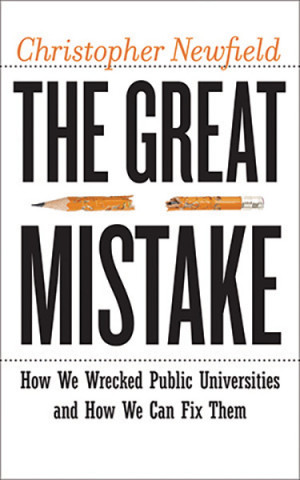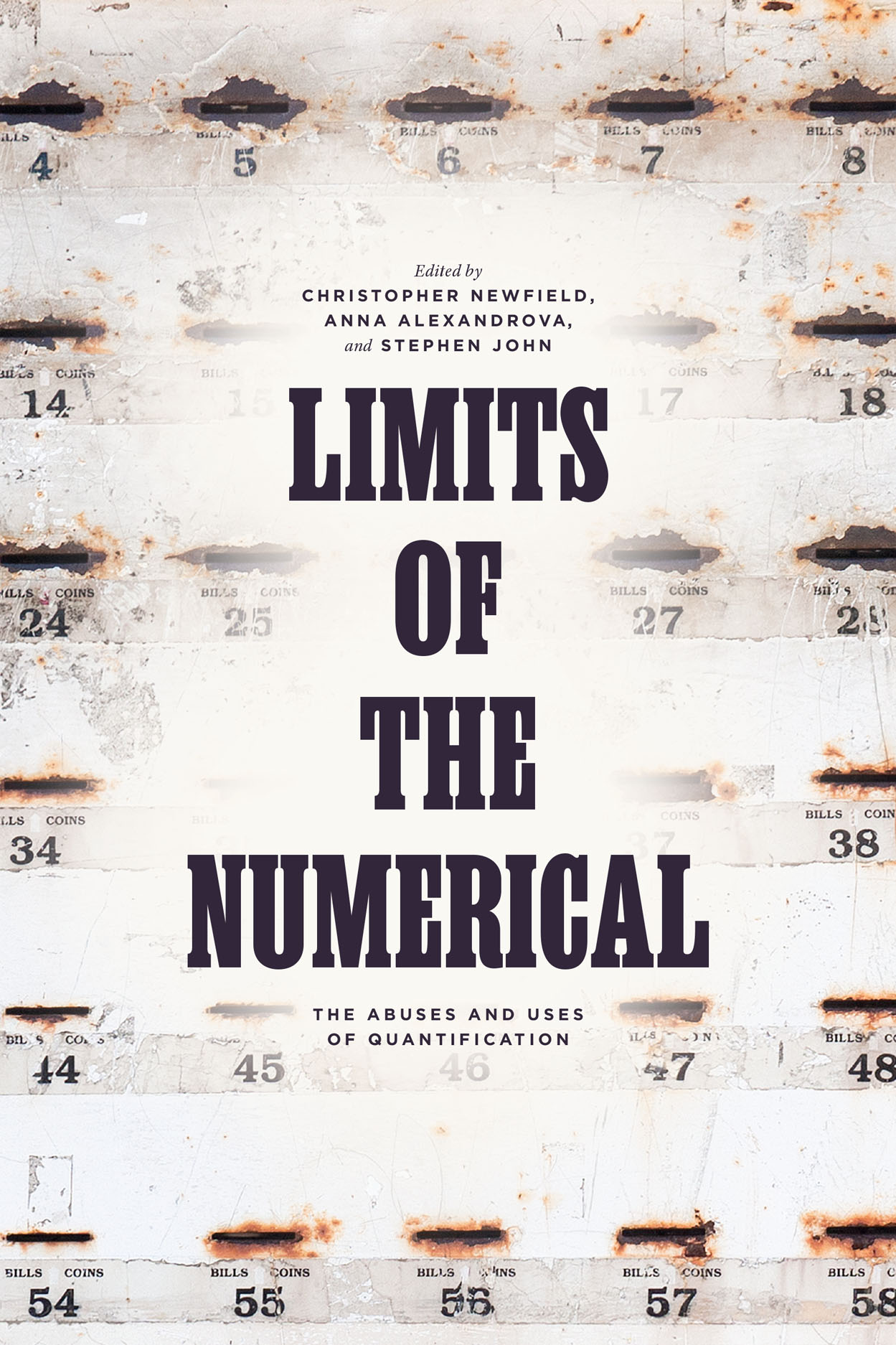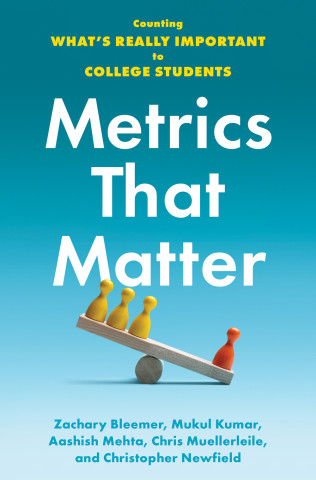Just in time for the fall rituals of orientation and enrollment, the Center for the Future of Higher Education in conjunction with the New Faculty Majority Foundation has issued a new report entitled "Who is Professor Staff, and How can this person teach so many classes?" The report points again to the centrality of contingent labor for the present organization of higher education. It details, in important ways, the impact of the present labor system not only on those who teach but on those who learn. The report is based on a survey of contingent faculty carried out by the Center.
As "Who is Professor Staff?" makes clear, the majority of teachers in higher education are not only contingent faculty but are part-time contingent faculty. Moreover, a majority of those the Center surveyed taught at more than one college or university, some taught in several institutions. This prevalence of part-time faculty is not simply an effect of the overwhelming predominance of two-year community colleges--over half of the respondents taught at a four-year institution (even if in addition to a two-year institution). (4) Despite the common perception of higher education populated with tenured and tenure-track faculty it is the reality of contingent and part-time faculty that is the dominant fact in the labor system of higher education. Reliance on contingent faculty is also the prime mechanism through which university and college managers have sought to cut instructional labor costs. And, of course, this point does not even address the importance of Graduate Student Instructors at the university level.
The report highlights two issues as it moves from the objective structure of higher ed labor to the experience of contingent labor within the faculty.
The first, is the frequency with which contingent faculty are given almost no advance notice that colleges and universities are going to offer them employment for any given term. Large numbers of respondents reported having less than 3 weeks notice to teach (some even less than that). (5-6) This reality forced them to choose between two equally unsustainable options: either they were forced to increase their unpaid preparation time because they created courses "as if" they were going to be hired (which they could then either apply or modify to suit the position) or they started frantic preparation at the last minute all but ensuring that they would not be fully-prepared for the early part of the term.
The second point highlighted was, unfortunately all too predictably, the lack of support offered by employing departments, administrations, and permanent faculty. Contingent faculty pointed to an all too frequent (although not as the report stressed universal) experience of the difficulty of getting access to libraries, staff support, online resources, office space, and telephones. (10-12) Thus another double-bind: campuses are increasingly asking contingent faculty to serve as prime contact points for students and to be essential to their education. But they do not provide contingent faculty with the necessary technological and institutional resources to fulfill those tasks: even when they have been employed.
Several effects follow immediately from these points. First, contingent faculty, structurally underpaid and compelled to seek employment constantly are being forced to increase their own unpaid labor or refuse to meet their standards for their own vocation. They must cut their own wages or the quality of their teaching. The same rule applies to their access to resources; if they cannot get to the library they cannot make readings available; if they have to pay to copy syllabi then their wages are docked even more and the list goes on.
"Who is Professor Staff?" argues that ultimately it is the students who suffer from this situation and not only the contingent faculty themselves. And it is hard to see how you can argue with that. To be sure, administrators will insist that they cannot help these things (15-16) but that beggars belief if you think about it. Is planning so bad that campuses can only figure out their teaching needs a few weeks in advance? The administrators want to argue that they are systematically unable to predict from term to term? To be sure, there will be such occasions. But as a systematic problem? If so there is a problem with the planning. As the report suggests, while it is true that the present system empowers managerial discretion there is no systematic study to suggest that it is financially necessary. Nor is there evidence to suggest that it helps improve educational quality. And if that is true for last-minute hiring then what defense can there be for the lack of resources to be used in actual classrooms.
Of course, this situation is not simply the result of higher-level management although it has been driven from there. Permanent faculty and departments share their own responsibilities for the situation. And unless full-time faculty press the managers on the role, condition, and experience of contingent faculty there will be no change.
"Who is Professor Staff?" is well worth reading. And the New Faculty Majority Foundation has announced a larger version of results will be published this week along with expanded evidence. For all of the fascination with and fear of MOOC's, the most significant alteration in the structure of instructional labor and the delivery of education has been going on for decades and it is an old one: the attack on remuneration, security, and working conditions. "Who is Professor Staff?" reminds us of how costly that is.
Two
11 hours ago





6 comments:
Public university major’s in harvesting money, education taxes. University of California Berkeley is nationally ranked #1 public university total academic cost (resident) as a result of the Provost Chancellor goal to ‘charge Californians higher tuition’. UC Berkeley tuition is rising faster than costs at other universities. Cal ranked # 2 in faculty earning potential. Believe it: Harvard College less costly.
University of California negates the promise of equality of opportunity: university access, affordability is farther and farther out of reach. Self-absorbed Chancellor Birgeneau, Provost Breslauer are outspoken for public Cal. ‘charging Californians much higher’ tuition. Chancellor, Provost leave an indelible legacy on access, affordability.
Birgeneau ($450,000) Breslauer ($306,000) like to blame the politicians, since they stopped giving them their demanded funding. The ‘charge Californians higher tuition’ skyrocketed fees by an average 14% per year from 2006 to 2011-12 academic years.
Wonderful post. I'm sorry I didnt see it earlier. Thanks.
hey. it was very nice to read such an interesting blog post. do keep up posting more updates.
Education in USA
This is really worth reading, it has too much details in it and yet it is so simple to understand, Thanks for sharing the picture it has great detail in it and i really appreciate your true artistic work!
Seriously? Is this too much of the recession already? The role of contingent faculty have a role in pursuing the youth to go to school, however, what's happening is the students becomes the sacrificed element in the cycle.
Join the Conversation
Note: Firefox is occasionally incompatible with our comments section. We apologize for the inconvenience.